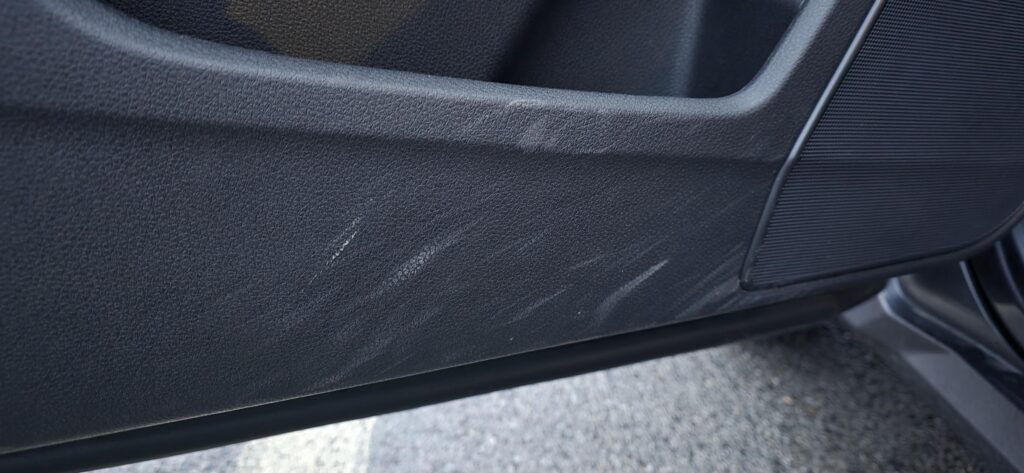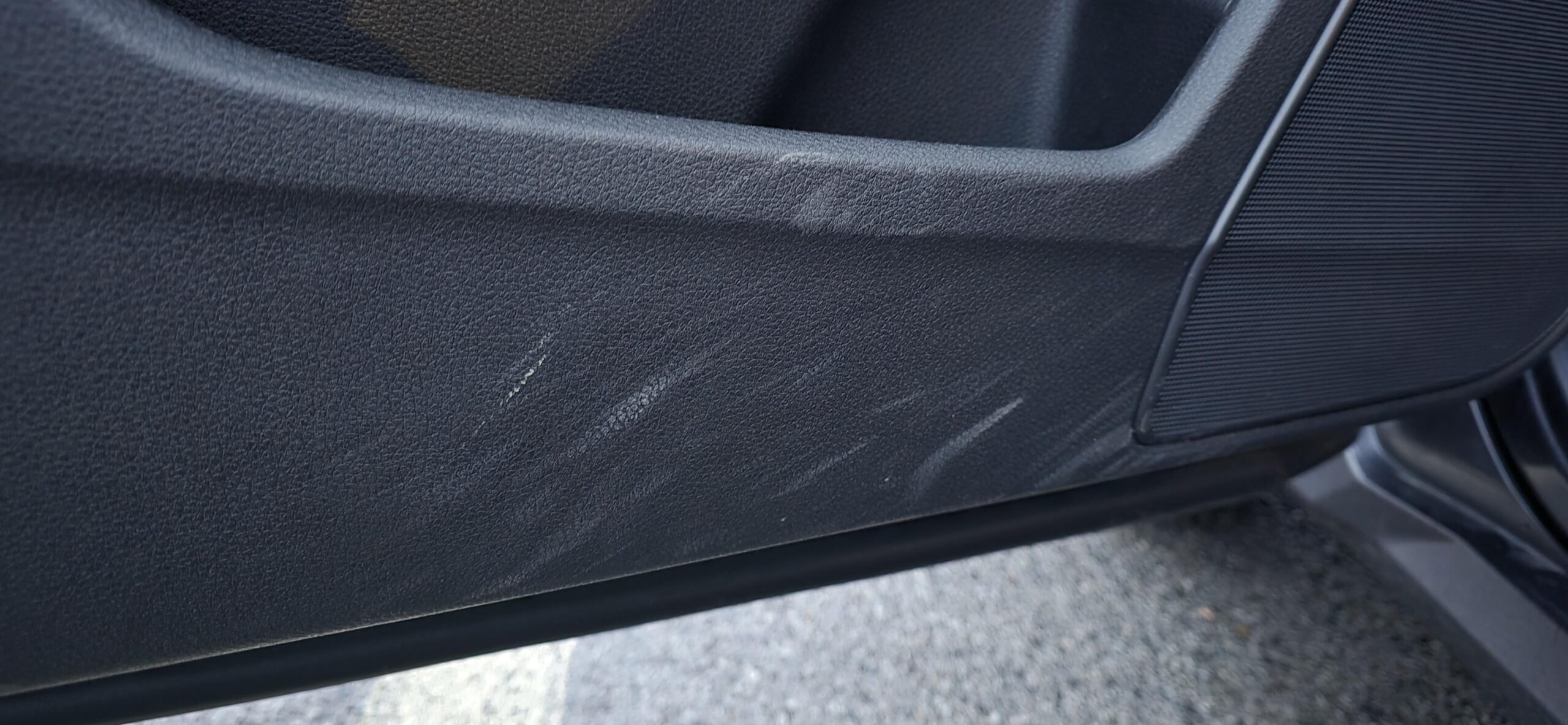
Get Scuff Marks Off Car: A Comprehensive Guide to Restoring Your Vehicle’s Finish
Discovering unsightly scuff marks on your car can be frustrating. Whether caused by a brush with a shopping cart, a close encounter with a garage wall, or even just daily wear and tear, these blemishes can detract from your vehicle’s appearance and potentially lower its resale value. Fortunately, most scuff marks are superficial and can be removed with the right tools and techniques. This guide provides a step-by-step approach to get scuff marks off your car, helping you restore its pristine look and protect its paint job.
Understanding Scuff Marks
Before diving into the removal process, it’s essential to understand what a scuff mark actually is. Unlike deep scratches that penetrate the paint’s clear coat and base coat, scuff marks typically only affect the uppermost layer of the paint, often involving the transfer of material from another object onto your car’s surface. This transfer is what makes them potentially removable without requiring professional bodywork.
Identifying the type of mark is crucial. Is it a light surface scuff mark, or a deeper scratch? If you run your fingernail across the mark and it catches, it’s likely a deeper scratch that might require more extensive repair. However, if your fingernail glides smoothly, you’re probably dealing with a manageable scuff mark. These often appear as dull or hazy areas on the paint.
Essential Tools and Materials
To effectively get scuff marks off your car, you’ll need to gather the following supplies:
- Microfiber Towels: Crucial for gentle cleaning and polishing. Avoid using abrasive cloths that could further damage the paint.
- Car Wash Soap: A pH-neutral soap designed specifically for automotive finishes.
- Water: Clean water for rinsing and diluting the soap.
- Detailing Spray or Quick Detailer: Helps to lubricate the surface and remove light contaminants.
- Rubbing Compound: A mildly abrasive compound designed to remove surface imperfections. Choose a reputable brand.
- Polishing Compound: Finer than rubbing compound, used to refine the finish after using rubbing compound.
- Wax or Sealant: To protect the newly polished surface and enhance its shine.
- Applicator Pads: Soft foam pads for applying rubbing compound, polishing compound, and wax.
- Optional: A dual-action (DA) polisher can make the process faster and more effective, but it’s not essential.
Step-by-Step Guide to Removing Scuff Marks
Follow these steps carefully to get scuff marks off your car and achieve a professional-looking result:
Step 1: Wash the Area Thoroughly
Begin by washing the affected area with car wash soap and water. This removes dirt, grime, and other contaminants that could scratch the paint during the removal process. Rinse thoroughly and dry with a clean microfiber towel. Make sure the area is completely clean before proceeding.
Step 2: Apply Detailing Spray
Spray a generous amount of detailing spray or quick detailer onto the scuff mark and the surrounding area. This provides lubrication and helps to loosen any remaining debris. Wipe the area gently with a clean microfiber towel.
Step 3: Test the Rubbing Compound (Important!)
Before applying rubbing compound to the entire scuff mark, test it on an inconspicuous area of your car’s paint (e.g., inside the door jamb or under the bumper). This ensures that the compound doesn’t damage or discolor the paint. Apply a small amount of rubbing compound to a clean applicator pad and gently rub it onto the test area in a circular motion. Wipe off the residue with a clean microfiber towel. If the paint looks unaffected and the scuff mark appears to be diminishing, proceed to the next step.
Step 4: Apply Rubbing Compound to the Scuff Mark
Apply a small amount of rubbing compound to a clean applicator pad. Gently rub the compound onto the scuff mark in a circular motion, applying moderate pressure. Work in small sections and avoid applying too much pressure, which could damage the paint. Continue rubbing until the scuff mark begins to fade. This may take several minutes, depending on the severity of the scuff mark. [See also: Best Car Detailing Practices]
Step 5: Remove Rubbing Compound Residue
Once the scuff mark has faded significantly, remove the rubbing compound residue with a clean microfiber towel. Wipe the area thoroughly to ensure that no compound remains.
Step 6: Apply Polishing Compound
Apply a small amount of polishing compound to a clean applicator pad. Gently rub the polishing compound onto the area where you applied the rubbing compound, using the same circular motion. Polishing compound is less abrasive than rubbing compound and helps to refine the finish and remove any remaining imperfections. This step is crucial for restoring the paint’s shine and clarity. Continue rubbing until the surface looks smooth and glossy.
Step 7: Remove Polishing Compound Residue
Remove the polishing compound residue with a clean microfiber towel. Wipe the area thoroughly to ensure that no compound remains. The paint should now look significantly better, with the scuff mark largely gone.
Step 8: Apply Wax or Sealant
To protect the newly polished surface and enhance its shine, apply a coat of wax or sealant. Follow the manufacturer’s instructions for application. Wax provides a protective layer and enhances the paint’s gloss, while sealant offers longer-lasting protection. Apply the wax or sealant to a clean applicator pad and spread it evenly over the area. Allow it to dry according to the instructions, and then buff it off with a clean microfiber towel.
Using a Dual-Action Polisher (Optional)
If you have a dual-action (DA) polisher, you can use it to speed up the process and achieve even better results. Attach a polishing pad to the polisher and apply a small amount of rubbing compound to the pad. Set the polisher to a low speed and gently move it over the scuff mark in a overlapping pattern. Increase the speed gradually as needed. Be careful not to apply too much pressure or keep the polisher in one spot for too long, which could damage the paint. After using the rubbing compound, switch to a polishing pad and apply polishing compound to refine the finish. Follow the same technique as with the rubbing compound. Finally, apply wax or sealant using the polisher or by hand, as described above. [See also: Car Paint Correction Techniques]
Preventing Future Scuff Marks
While removing scuff marks is possible, preventing them in the first place is always the best approach. Here are some tips to minimize the risk of scuff marks:
- Park Carefully: Choose parking spots that are away from other cars and potential hazards.
- Use Door Edge Protectors: These protect the edges of your doors from chipping and scratching.
- Be Mindful of Your Surroundings: Pay attention to shopping carts, walls, and other objects that could come into contact with your car.
- Wash Your Car Regularly: Regular washing removes dirt and grime that can cause scratches and scuff marks.
- Apply a Protective Coating: Consider applying a ceramic coating or paint protection film to provide a durable layer of protection against scratches and scuff marks.
When to Seek Professional Help
While this guide provides a comprehensive approach to removing scuff marks, some scratches may be too deep or extensive to repair yourself. If you’ve tried the steps outlined above and the scuff mark is still visible, or if you’re uncomfortable working on your car’s paint, it’s best to seek professional help from a qualified auto body shop. They have the tools and expertise to repair more serious damage and restore your car’s finish to its original condition. A professional can assess the damage and provide the best solution, whether it’s spot repair, blending, or a complete repaint.
Conclusion
Getting scuff marks off your car is a manageable task with the right tools, techniques, and a bit of patience. By following the steps outlined in this guide, you can restore your vehicle’s finish and protect its value. Remember to always test any product on an inconspicuous area first and to seek professional help if you’re unsure about any step. With proper care and attention, you can keep your car looking its best for years to come. A little effort can go a long way in maintaining your vehicle’s aesthetic appeal and preventing further damage. By understanding how to address these minor imperfections, you’re not only enhancing your car’s appearance but also preserving its long-term value. Learning how to get scuff marks off car is a valuable skill for any car owner who wants to keep their vehicle in top condition.

